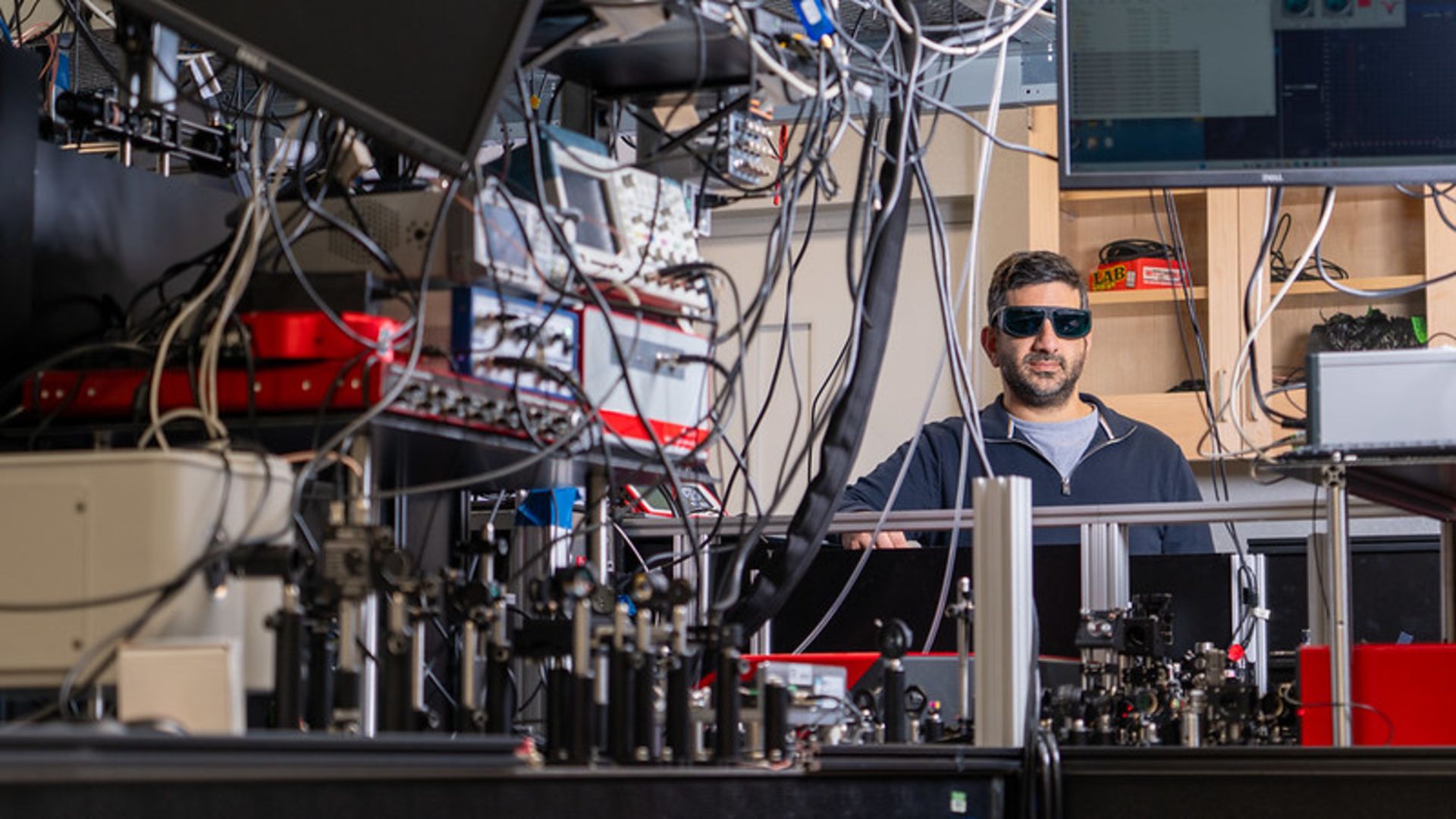| IN A NUTSHELL |
|
In a breakthrough that could redefine the future of robotics, researchers at Columbia University have introduced a concept known as “Robot Metabolism.” This revolutionary idea envisions robots capable of growing, healing, and even self-improving by integrating components from their environment or other robots. Much like living organisms, these machines could adapt to new conditions and challenges with minimal human intervention. This development marks a significant leap from the static, rigid structures that have traditionally characterized robotic design, paving the way for more autonomous and biologically inspired machines.
Self-Adaptive Robots
The concept of self-adaptive robots is not entirely new, but integrating machine metabolism into robotics is a groundbreaking step. Traditionally, robots have relied heavily on human assistance to repair and upgrade their systems. However, the advent of machine metabolism allows robots to independently manage their physical form, much like biological organisms. Professor Hod Lipson of Columbia University highlights that this process mimics the modular nature of biological systems, where components are reused and recycled to ensure survival and adaptation.
By adopting this approach, robots could potentially absorb parts from their surroundings or other machines, enabling them to self-sustain and evolve. The use of Truss Links, simple magnetic components, facilitates this transformation. These links can form complex structures by expanding and contracting, demonstrating the potential for robots to adapt and enhance their capabilities autonomously. This innovative approach signifies a shift towards a new era of robotics, where machines can independently address their maintenance needs.
Use in Disaster Management and Space Exploration
The implications of robot metabolism extend far beyond technological advancement. This development holds immense potential for fields such as disaster management and space exploration. In disaster scenarios, self-repairing robots could operate in hazardous environments without the need for human intervention. They could adapt to changing circumstances and continue their operations, ensuring efficiency and effectiveness.
In the realm of space exploration, where resupply missions are costly and complex, self-sustaining robots could revolutionize our approach. These machines could build and maintain infrastructure on extraterrestrial bodies, adapting to the unique challenges of space. Philippe Martin Wyder, a lead researcher, states that robot metabolism provides a digital interface to the physical world, enabling AI to advance physically. This opens the door to a future where AI not only processes information but also builds and adapts to its surroundings.
| Application | Potential Benefits |
|---|---|
| Disaster Management | Self-repairing robots can operate in hazardous environments without human intervention. |
| Space Exploration | Self-sustaining robots can build and maintain structures, reducing the need for costly resupply missions. |
Challenges and Future Prospects
While the promise of robot metabolism is exciting, it comes with its set of challenges. Designing robots that can autonomously integrate new parts requires sophisticated programming and robust materials. Additionally, ethical considerations regarding the autonomy of machines and their ability to consume other robots need to be addressed. Researchers must balance innovation with responsibility, ensuring that these advancements are beneficial and safe.
Despite these challenges, the potential of robot metabolism is vast. It represents a shift towards a more sustainable and autonomous future, where machines can independently manage their form and function. As research progresses, we may witness a new generation of robots that can adapt to their environment, pushing the boundaries of what is possible in technology and engineering.
Implications for Society and Industry
The introduction of robot metabolism could have profound implications for society and industry. It could lead to more efficient manufacturing processes, where robots can self-assemble and adapt to changing production needs. This adaptability could result in reduced waste and increased sustainability, as machines can repurpose components rather than discarding them.
Furthermore, the integration of machine metabolism into everyday technology could redefine how we interact with machines. It encourages a shift towards more dynamic and responsive systems, capable of evolving alongside human needs. As this technology develops, it will be crucial to consider how it can be leveraged to benefit society as a whole, creating a future where humans and machines coexist harmoniously.
The concept of robot metabolism is not just a technological advancement; it is a glimpse into the future of robotics and AI. As researchers continue to explore and refine this idea, we are left to ponder the possibilities. How will these self-sustaining machines shape our world, and what new frontiers will they open? The answers to these questions may redefine our relationship with technology and the world around us.
This article is based on verified sources and supported by editorial technologies.
Did you like it? 4.7/5 (29)
Source link


